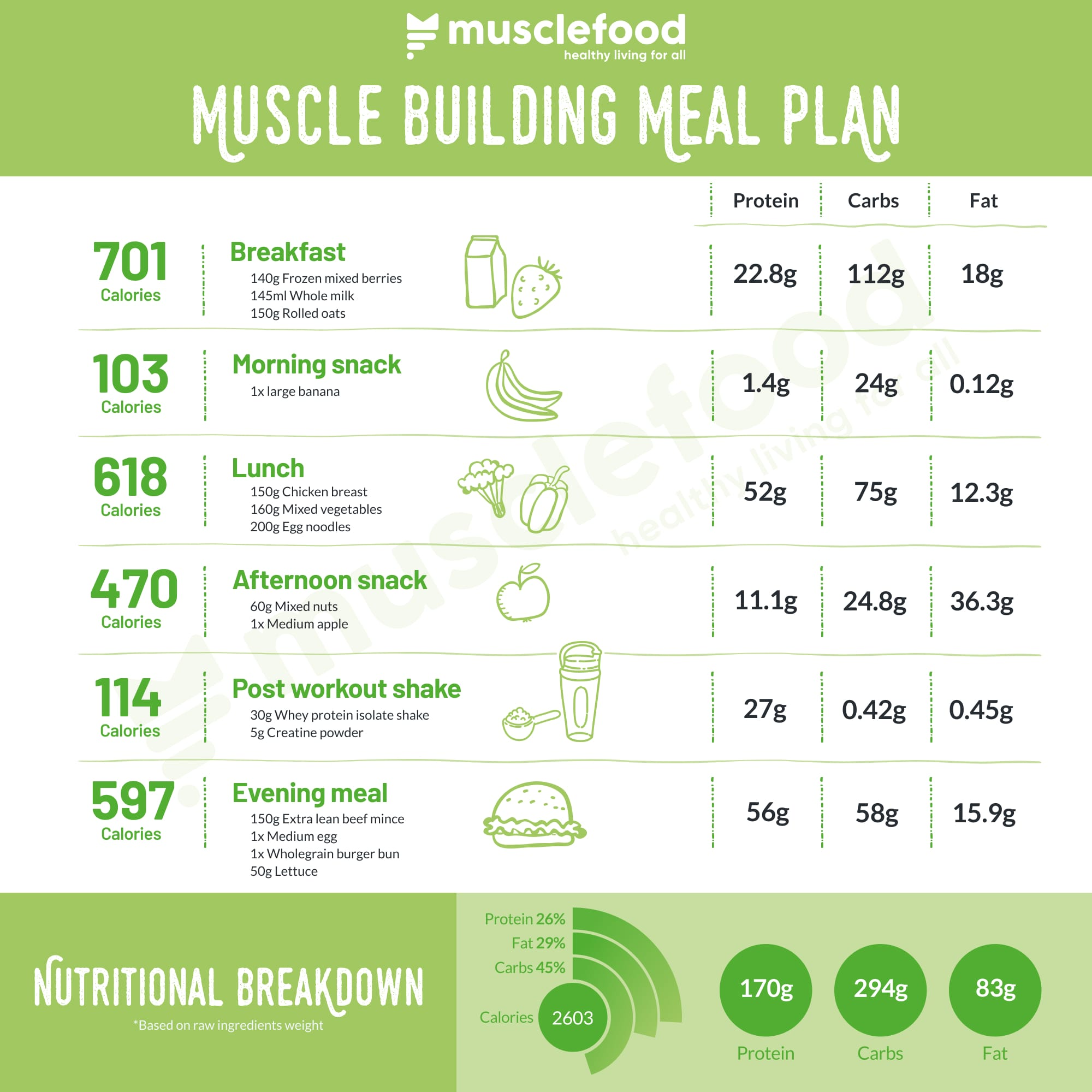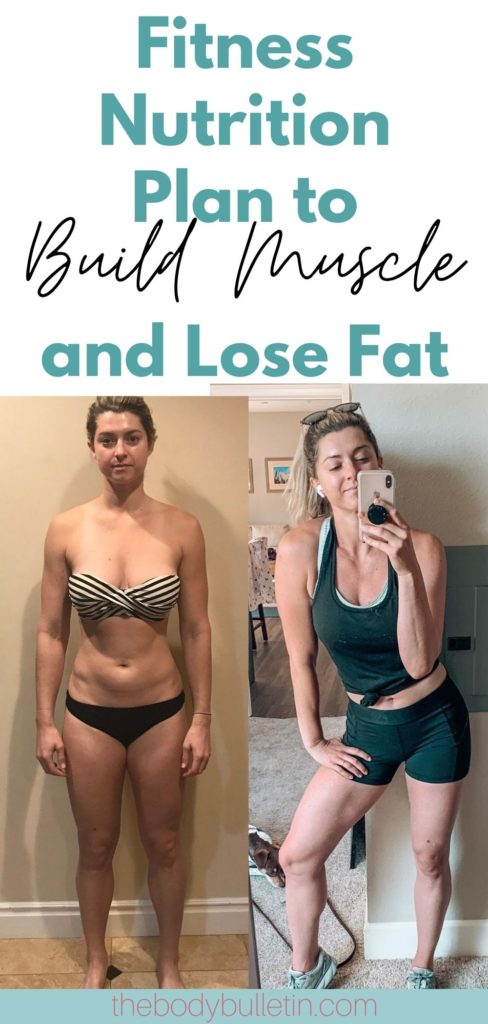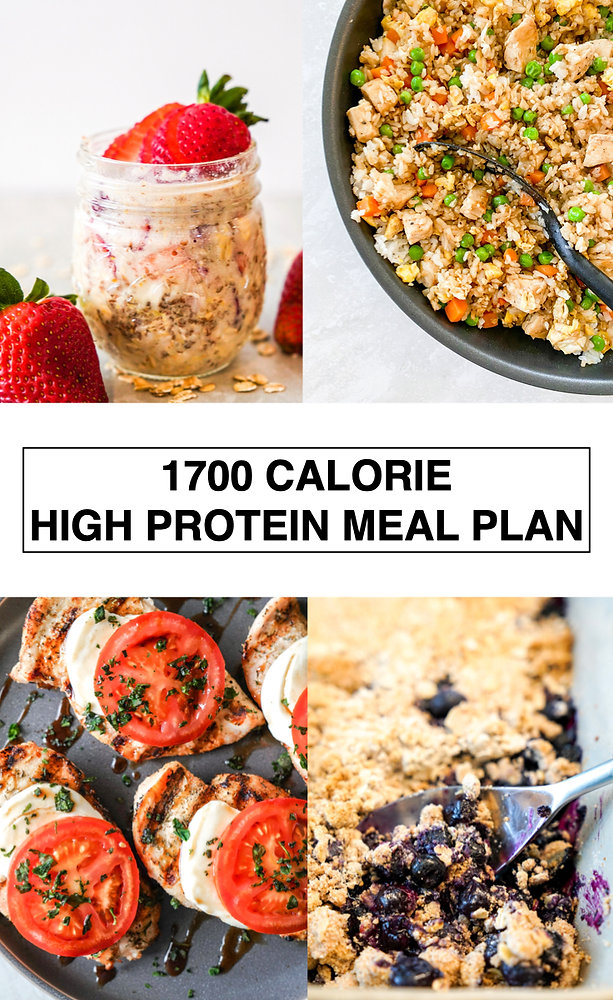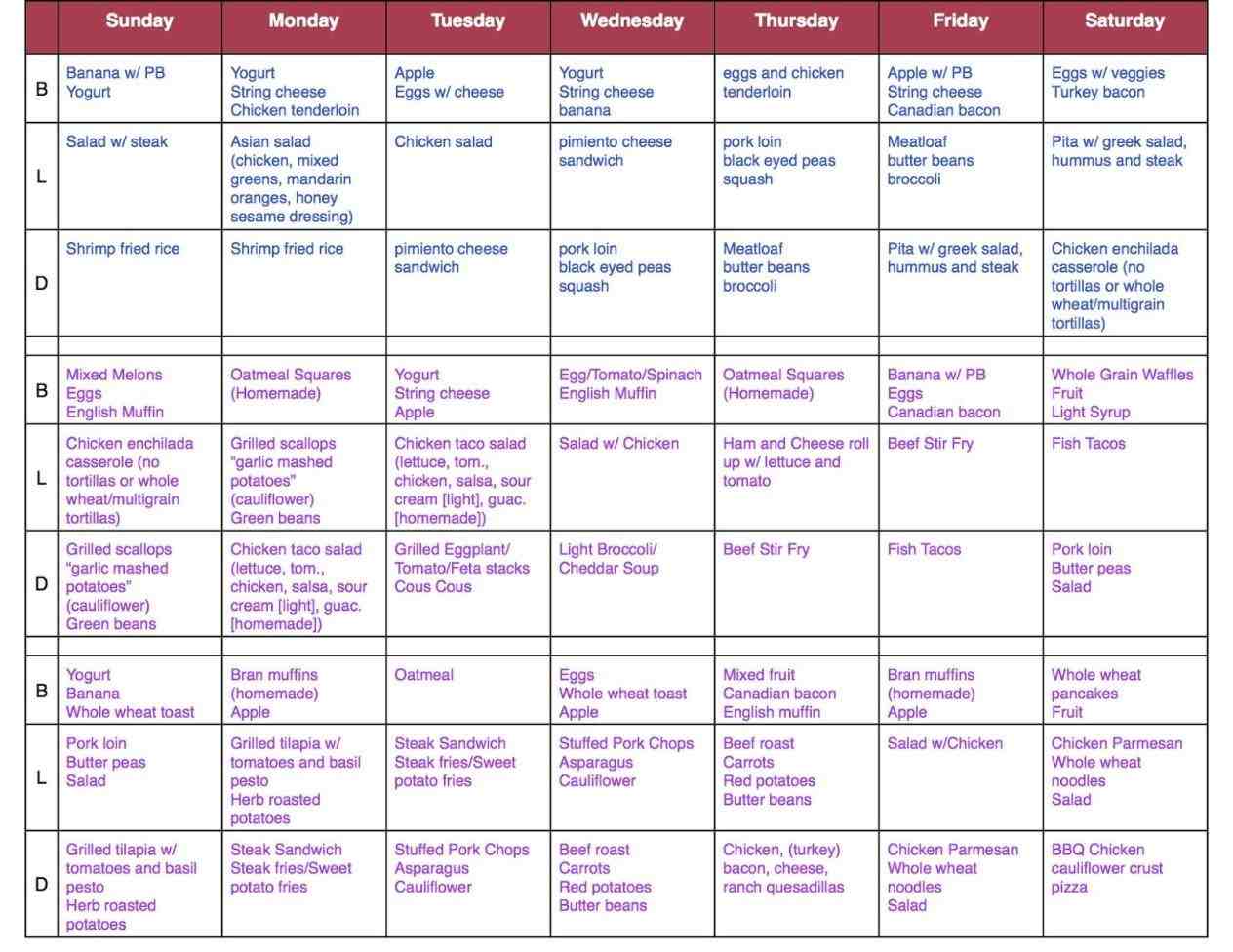Table of Contents
- Introduction
- Meal Plan Basics
- Nutrient Distribution
- Workout Routine
- Sample Meal Plan
- Key Takeaways
- FAQ
Introduction
Embarking on a fitness journey to both lose weight and gain muscle can be challenging. However, with a well-designed meal plan tailored for women, achieving your desired body composition is entirely possible. This article outlines an optimal meal plan that ensures effective weight loss while supporting muscle gain in females.
Meal Plan Basics
The meal plan is structured around providing adequate nutrition, promoting satiety, and supporting the energy requirements for workouts. It focuses on nutrient-dense whole foods, appropriate portion sizes, and regular meal timing to optimize metabolism and support muscle growth.
Are you a woman looking to shed some extra pounds and build lean muscle mass? Incorporating a well-balanced meal plan is essential for achieving your fitness goals. Here are the basics you need to know:
1. Determine Your Caloric Needs
Before creating a meal plan, it's important to know how many calories your body requires to lose weight and gain muscle. Calculate your daily caloric needs based on your age, weight, height, activity level, and fitness goals.
2. Focus on Macronutrients
Macronutrients, namely proteins, carbohydrates, and fats, are vital for weight loss and muscle growth. Include a good source of each in every meal:
- Proteins: Lean meats (chicken, turkey, fish), eggs, Greek yogurt, tofu
- Carbohydrates: Whole grains (quinoa, brown rice, oats), fruits, vegetables
- Fats: Avocado, nuts, seeds, olive oil
3. Portion Control
Even when eating healthy foods, portion control plays a significant role. Divide your meals into appropriate portions to manage calorie intake and prevent overeating.
4. Stay Hydrated
Adequate hydration is crucial for overall health and fitness. Drink plenty of water throughout the day to keep your body hydrated, aid digestion, and curb unnecessary cravings.
5. Meal Frequency
Aim for 5-6 smaller meals/snacks throughout the day rather than 3 large meals. This helps maintain steady blood sugar levels and prevents overeating.
6. Meal Timing
To support muscle growth and recovery, consume a combination of proteins and carbohydrates within 1-2 hours after your workout. This helps replenish energy stores and repair muscle tissue.
7. Consistency and Progression
Stick to your meal plan consistently and monitor your progress. Gradually increase or adjust your caloric intake based on how your body responds and the goals you aim to achieve.
Remember, every individual is unique, so consulting a nutritionist or dietician for personalized guidance is always a good idea. Combine your meal plan with a well-designed workout routine for maximum results.

Nutrient Distribution
The recommended macronutrient distribution for weight loss and muscle gain in women is as follows:
When it comes to achieving weight loss and muscle gain, following a balanced meal plan with the right nutrient distribution is crucial. This is especially true for females who aim to tone their bodies and improve their overall fitness. Here is a breakdown of how your meals should be structured:
Protein
Protein is essential for muscle growth and repair. Including lean sources of protein in each meal is vital. Opt for options like skinless chicken, fish, tofu, eggs, and Greek yogurt. Consuming 20-30 grams of protein in every meal can help meet your daily requirements.
Carbohydrates
Carbohydrates provide energy and should be included in your meal plan, but choose complex carbohydrates instead of simple ones. Whole grains, such as brown rice, quinoa, and whole wheat bread, are great choices. Aim for 1-2 servings per meal to sustain your energy levels throughout the day.
Fruits and Vegetables
These are rich in vitamins, minerals, and fiber. Incorporating a variety of colorful fruits and vegetables into your diet ensures that you receive all the essential nutrients needed for a healthy body. Include at least 2-3 servings of vegetables and 1-2 servings of fruits with each meal.
Healthy Fats
While fat is often demonized, healthy fats are crucial for overall well-being. Incorporate sources such as avocados, nuts, seeds, and olive oil into your meal plan. They not only provide important nutrients but also help keep you feeling satiated and satisfied.
Hydration
Lastly, staying hydrated is important for weight loss and muscle gain. Make sure to drink plenty of water throughout the day. Avoid sugary beverages and instead opt for herbal teas or infused water to keep your body hydrated and energized.
Remember, consistency and moderation are key in achieving your goals. Consult with a registered dietitian or nutritionist for personalized meal plans tailored to your specific needs.

- Protein: Aim for 30-35% of total calorie intake, crucial for muscle repair and growth.
- Carbohydrates: Consume 45-50% of total calorie intake, providing energy for workouts and replenishing glycogen stores.
- Fats: Make up 20-25% of total calorie intake, essential for hormone production and overall health.
Workout Routine
A balanced meal plan should be complemented with a well-structured workout routine. Combining strength training and cardiovascular exercises is crucial for achieving optimal results. Strength training helps build muscle, while cardio aids in calorie burning and cardiovascular health.
If you're a female looking to lose weight and gain muscle, it's essential to follow a balanced workout routine and meal plan. Here's a suggested approach:
Workout Routine:
- Cardiovascular Exercise: Include at least 30 minutes of cardio exercises such as jogging, cycling, or swimming to burn calories and improve heart health. Aim for 3-5 sessions per week.
- Strength Training: Incorporate strength training exercises 2-3 times a week to build muscle and increase metabolism. Focus on compound exercises like squats, deadlifts, lunges, and bench presses. Start with lighter weights and gradually increase intensity.
- HIIT Workouts: High-Intensity Interval Training (HIIT) is an effective way to burn fat and boost endurance. Include 2-3 HIIT sessions per week, alternating between intense exercises and short recovery periods.
- Flexibility and Mobility: Don't forget to include stretching exercises or yoga sessions to improve flexibility and prevent muscle imbalances or injuries. Aim for 10-15 minutes of stretching after each workout.
Meal Plan:
A well-rounded meal plan plays a crucial role in achieving weight loss and muscle gain. Consider the following guidelines:
- Caloric Deficit: To lose weight, ensure you consume fewer calories than you burn. Aim for a moderate calorie deficit, around 500-700 calories per day, to lose approximately 1-2 pounds per week.
- Protein Intake: Protein is essential for muscle growth and repair. Consume lean sources of protein such as chicken, fish, tofu, or legumes with each meal to meet your protein requirements.
- Complex Carbohydrates: Include whole grains, fruits, and vegetables in your meals to provide energy for workouts and promote overall health.
- Healthy Fats: Incorporate sources of healthy fats like avocados, nuts, and olive oil to support hormone production and nutrient absorption.
- Hydration: Stay adequately hydrated by drinking plenty of water throughout the day. Aim for at least 8 glasses of water per day.
Remember to consult with a nutritionist or fitness professional to customize the workout routine and meal plan according to your specific needs and goals.

Sample Meal Plan
Here's a sample meal plan that exemplifies the recommended approach:
Breakfast
- 2 scrambled eggs
- 1 slice of whole wheat toast
- 1 cup of mixed berries
- 1 cup of green tea
Mid-Morning Snack
- 1 small apple
- 1 tablespoon of almond butter
- 1 glass of water
Lunch
- Grilled chicken breast
- 1 cup of steamed broccoli
- 1/2 cup of brown rice
- 1 small salad with mixed greens, tomatoes, and cucumber
- 1 glass of water
Afternoon Snack
- 1/4 cup of unsalted mixed nuts
- 1 cup of Greek yogurt
- 1 glass of water
Dinner
- Grilled salmon
- 1 cup of quinoa
- Steamed asparagus
- 1 glass of water
Evening Snack
- 1 small piece of dark chocolate
- 1 glass of water
Before Bed
- 1 cup of chamomile tea
Note: This is just a sample meal plan and should be tailored to individual needs and preferences. It is important to consult with a nutritionist or dietitian before making any significant changes to your diet.

- Breakfast: Scrambled eggs with vegetables and a side of whole grain toast.
- Morning Snack: Greek yogurt with berries and a handful of almonds.
- Lunch: Grilled chicken breast with quinoa and steamed broccoli.
- Afternoon Snack: Carrot sticks with hummus.
- Pre-Workout: Apple slices with peanut butter.
- Post-Workout: Protein shake with banana.
- Dinner: Baked salmon with sweet potato and mixed greens salad.
- Evening Snack: Cottage cheese with sliced cucumbers.
Key Takeaways
- Focus on nutrient-dense whole foods and appropriate portion sizes.
- Aim for a macronutrient distribution of 30-35% protein, 45-50% carbohydrates, and 20-25% fats.
- Incorporate both strength training and cardiovascular exercises into your workout routine.
- Stay consistent with your meal plan and workout routine for optimal results.
FAQ
- Q: Can I follow this meal plan if I have dietary restrictions?
A: Absolutely! This meal plan can be customized to accommodate various dietary restrictions or preferences. Consult a nutritionist or dietitian for personalized guidance. - Q: How long until I see results?
A: Results vary depending on various factors, including your current fitness level, genetics, and adherence to the meal plan and workout routine. Stay consistent, and results will come gradually. - Q: Should I consult a healthcare professional before starting this meal plan?
A: It's always recommended to consult a healthcare professional before making significant changes to your diet or exercise regimen, especially if you have any underlying health conditions or concerns.



Recent Comments